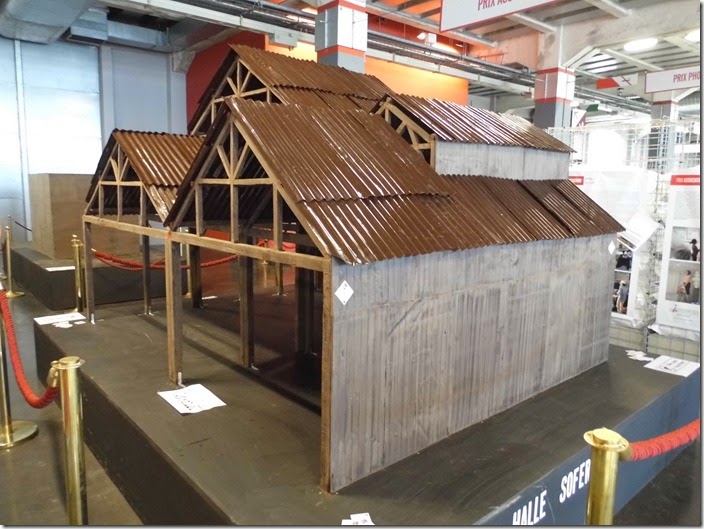 Agora es el nombre que le dan a la bienal de arquitectura en Bordeaux. En realidad sólo la llaman “Bienal de Bordeaux”, me imagino que creen que van a espantar a la gente con la palabra “arquitectura” y también eso les permite hablar de urbanismo, de diseño y de otras cosas que ahora tienen tendencia a agruparse con la arquitectura, porque a la disciplina en solitario le va muy mal.
Agora es el nombre que le dan a la bienal de arquitectura en Bordeaux. En realidad sólo la llaman “Bienal de Bordeaux”, me imagino que creen que van a espantar a la gente con la palabra “arquitectura” y también eso les permite hablar de urbanismo, de diseño y de otras cosas que ahora tienen tendencia a agruparse con la arquitectura, porque a la disciplina en solitario le va muy mal.
Agora is the name of the architecture biennale in Bordeaux. Actually, they just call it “Bordeaux’s Biennale”, I guess because they think people would be put off with the word “architecture” and also because that allows them to deal with urbanism, design and other things now related to architecture, since the discipline by itself is going so badly.
Fueron cuatro días, del 11 al 14 de septiembre, en los que hubo varias actividades en la ciudad. Varias conferencias, películas, exposiciones, espectáculos, tanto por hacer que era imposible asistir a todo. A pesar de eso, a la mayoría de los eventos a los que fui asistió mucha gente, lo que muestra el interés del público por esta manifestación. Además, se sentía un ambiente festivo gracias varias obras de arte repartidas en puntos estratégicos del centro histórico.
La noche anterior, como antesala, decidí asistir a una mesa redonda en la “Casa de la arquitectura”, la sede local del colegio de arquitectos que desgraciadamente no fue nada emocionante. Al día siguiente hubo una “Pecha Kucha”, un evento en el que invitan a varias personas a hacer una presentación en la que muestran 20 imágenes durante 20 segundos cada una. Eso sí me gustó, había mucha gente interesante hablando de proyectos de todo tipo, no sólo de arquitectura, como un chavo que presentó su start-up de disquera alternativa mezclada con creación de joyas. El formato de la presentación es muy bueno: es suficientemente largo para interesarte por alguna iniciativa y suficientemente corto para no sufrir demasiado en caso de que el expositor sea aburrido.
Asistí también a una conferencia de Petra Blaisse, una diseñadora de interiores holandesa que fue la que hizo el diseño de la escenografía de la bienal de ese año. Es la diseñadora principal de la agencia “Inside Outside”, que ha colaborado en varios proyectos con OMA de Rem Koolhaas, razón por la cual el arquitecto en persona estaba presente en el público durante la conferencia. Y el último evento al que asistí fue a una serie de conferencias sobre el espacio público en la ciudad de Los Ángeles. Tuvo lugar en el Museo de Arte Contemporáneo y, como era de esperarse, los conferencistas eran brillantes pero con muchas dificultades para conectarse con los tres gatos que estábamos en el público.
Sobre la exposición de la bienal en sí salí satisfecha. La primera parte era sobre los premios que se otorgan a los mejores proyectos construidos en Bordeaux en los últimos dos años, algunos muy interesantes. Es una lástima que la forma de presentarlos era demasiado tradicional, con afiches comunes y corrientes.
Creo que en esta exposición encontraron la fórmula mágica para lograr que el público en general se interese por la arquitectura: hacer maquetas en chocolate. Existe toda una literatura sobre las exposiciones de arquitectura y un tema recurrente es el hecho que las personas que no han estudiado esta profesión no comprenden ni se interesan por los dibujos. Algunas veces sí por las maquetas. El dilema es entonces crear algo que sea al mismo tiempo accesible al público y respetable para los profesionales. Bingo, el chocolate. Había toda una sección dedicada a los grandes proyectos recientes en la ciudad, el estadio de Herzog & de Meuron, el nuevo puente Jacques Chaban-Delmas y el futuro edificio de los archivos municipales, totalmente comestibles. El olor de las maquetas era genial, lo ponía a uno de buen humor para hacer la visita. Y según lo que leí, al final de la bienal el público estaba invitado a comérselas (aunque yo no sé si comería un chocolate que ha estado en la intemperie por varios días y que ha estado en contacto con tanta gente).
Otra sección importante fue la de los futuros proyectos, pero a nivel de la aglomeración. Con maquetas, esta vez tradicionales, era posible enterarse en una tarde de todos los proyectos que se están planificando en varias partes de Bordeaux y de sus comunas. Por momentos parecía vitrina publicitaria de las compañías inmobiliarias, pero uno sale con la sensación que la ciudad es ambiciosa y tiene razones para serlo. Había una sección para el centro de arquitectura “Arc en rêve”, para la Casa de la arquitectura, para la escuela de arquitectura y una zona de juegos para niños. A la entrada de esa zona había una exposición muy divertida de afiches de señalización reinterpretados por niños.
Mi único reproche es que me hubiera gustado que la bienal tuviera algún componente un poco más académico, que incluyera no sólo a los alumnos de arquitectura pero a los que estudian historia del arte también. Esta hubiera sido una excelente ocasión para que los estudiantes de maestría y de doctorado de la universidad hicieran charlas cortas que pudieran crear interés en el público por sus trabajos. Yo sé que la historia de la ciudad la festejan todo el tiempo, pero se hubiera podido integrar en el programa, sin dejar de lado todo lo reciente. En todo caso fue un evento muy bien hecho, con una oferta muy variada y al que afortunadamente la gente respondió bien.
It lasted four days, from the 11th to the 14th of September, and there were many activities across town. There were lectures, movies, exhibitions, all sorts of shows, and in the end it was impossible to go to everything. In spite of that, most events I went to were pretty crowded, so it shows that people are interested by these kinds of things. Besides, there was a festive air thanks to many artworks in strategic spots in the historical center.
The night before, as a preview, I decided to attend to a discussion on the “House of architecture”, the local architectural association, but unfortunately it was far from being exciting. The next day there was a “Pecha Kucha”, an event in which they invite many people to do a presentation of 20 images for 20 seconds each. I really enjoyed that, there was a lot of interesting people talking about different kinds of projects, not just architecture, like a guy who was presenting his start-up which mixes an alternative record company with jewelry creation. The format of the presentation is very good: long enough to get interested in some initiative, short enough to not suffer in case the speaker is dull.
I went to a lecture by Petra Blaisse, a Dutch interior designer who created the scenography for that year’s biennale. She is the main designer in the “Inside Outside” agency, which has collaborated multiple times with Rem Koolhaas’ OMA, so that’s why the architect himself was among the audience during the lecture. And the last event I attended was a conference of the public spaces in L.A. It was held in the Contemporary Art Museum and as expected, the speakers were brilliant but unable to connect with the little audience that was present.
About the biennale’s exhibition itself, I was quite satisfied. The first part was about the awards given to the best recent projects in Bordeaux and some were very interesting. It was such a shame though that they were presented in such a traditional way, with plain posters.
I think in this exhibition they found the magic formula to make people become interested in architecture: chocolate models. There’s this whole literature on architecture exhibitions and a recurrent theme is the fact that people from outside the discipline don’t understand and don’t care about drawings. Sometimes they do about models. The challenge is then to create something which can be both accessible to the public and respectable in the eyes of the professionals. Eureka, chocolate. There was a whole section dedicated to the biggest new projects in town, Herzog & de Meuron’s stadium, the new Jacques Chaban-Delmas Bridge and the future building for the municipal archives, totally edible. The smell of the models was great; it put you in a good mood for the visit. And according to what I read, at the end of the biennale the public was invited to eat them (even though I’m not sure I would eat chocolate that’s been exposed for many days and in contact with so many people).
Another important section was the one about the future projects, but across the agglomeration. With models, traditional this time, it was possible to learn in one afternoon all of the projects being planned across Bordeaux and its communes. Sometimes it looked like advertising for the real estate companies, but you leave with the feeling that the city is rightfully ambitious. There was another part dedicated to the architecture center “Arc en rêve”, to the “House of architecture”, the school of architecture and there was also a playground for children. At the entrance of the playground there was a cute exhibition on street signs reinterpreted by kids.
I would have liked that the biennale had more of the academic component, one that included not only architecture students but art history as well. This would have been an excellent opportunity for master and Ph.D. students from the university to make short lectures on their work that could have created interest among the public. I know the town’s history is celebrated the rest of the time, but it could have been a part of the program, without affecting everything that’s new. In any case, it was a nicely-done event, with a wide offer and one to which fortunately people responded very well.
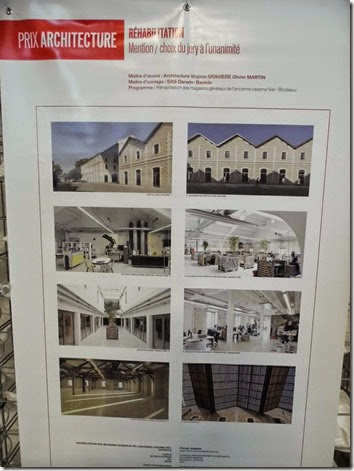 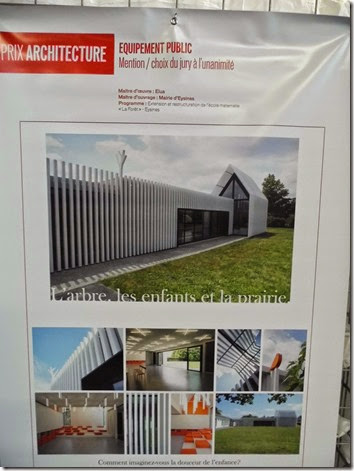 |   |
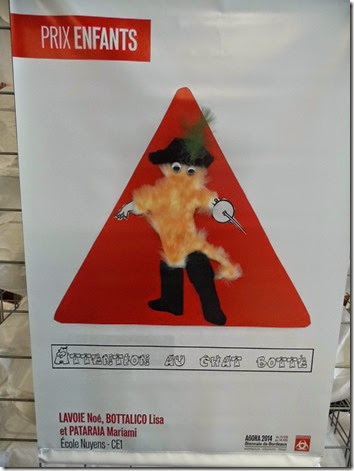 | 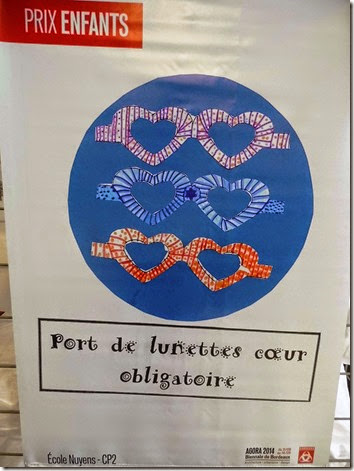 |
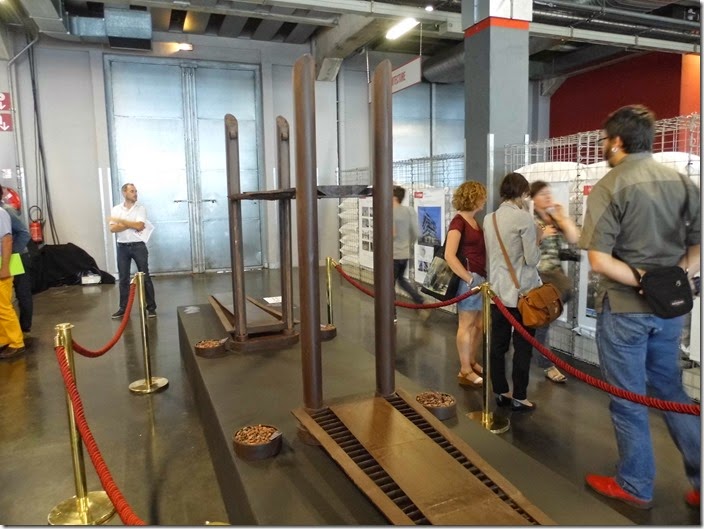
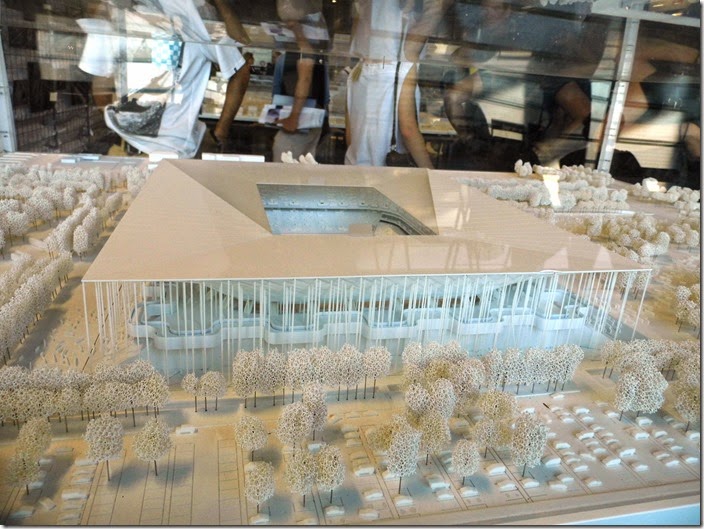
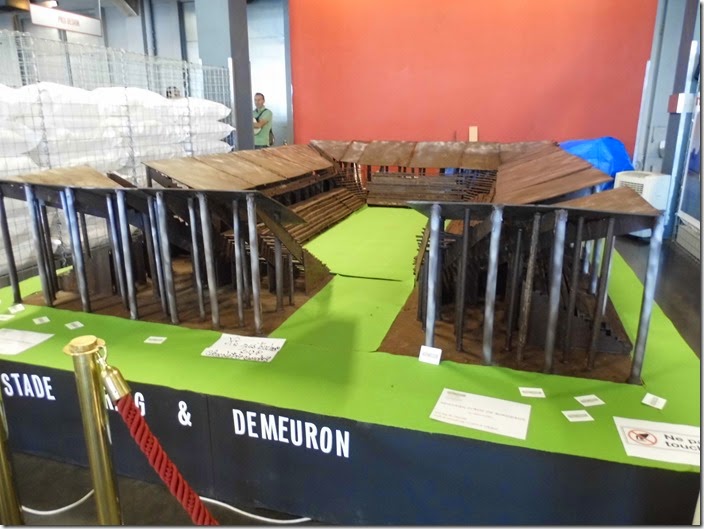
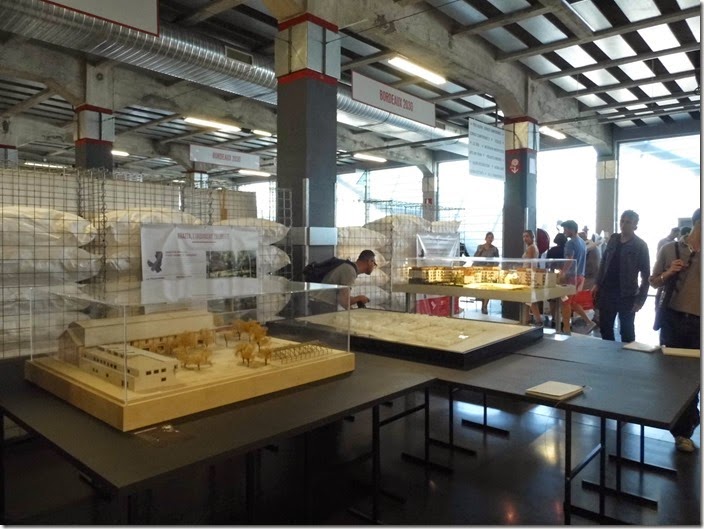
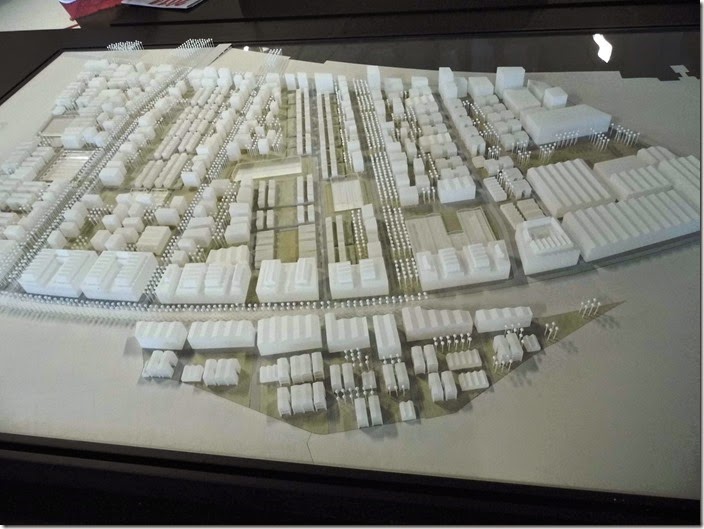
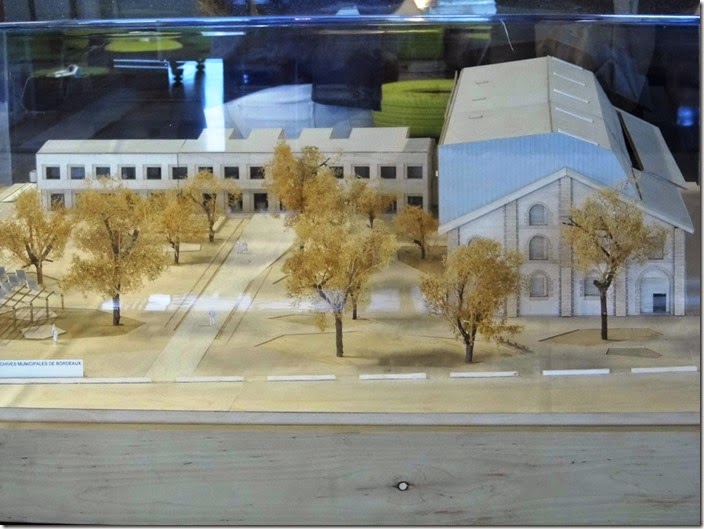
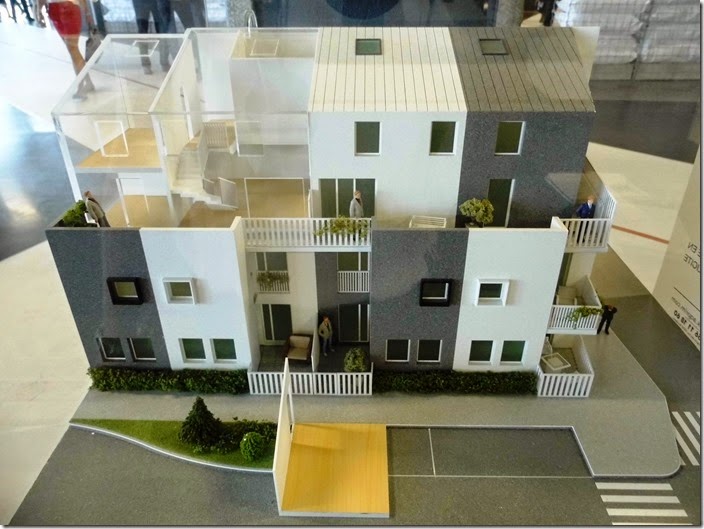
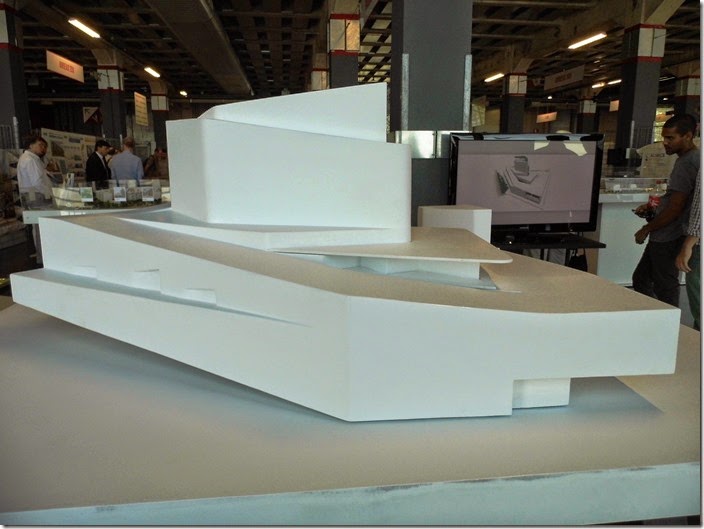
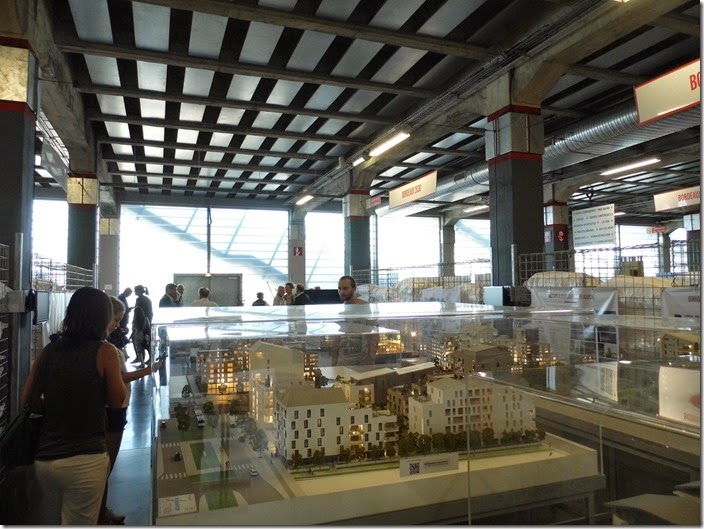
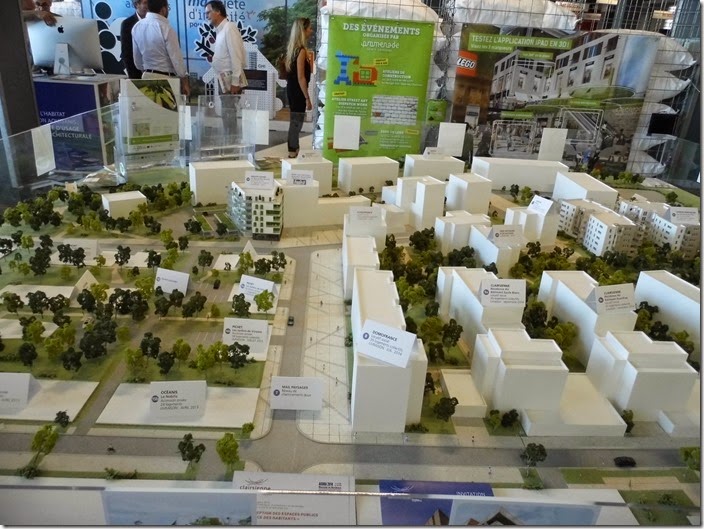
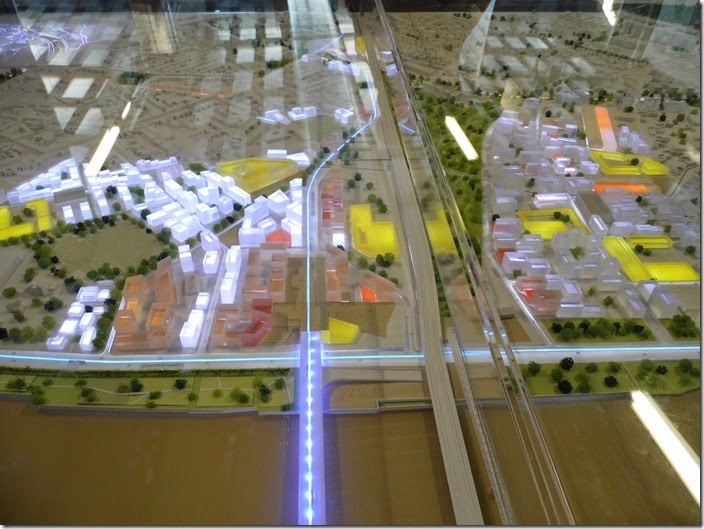
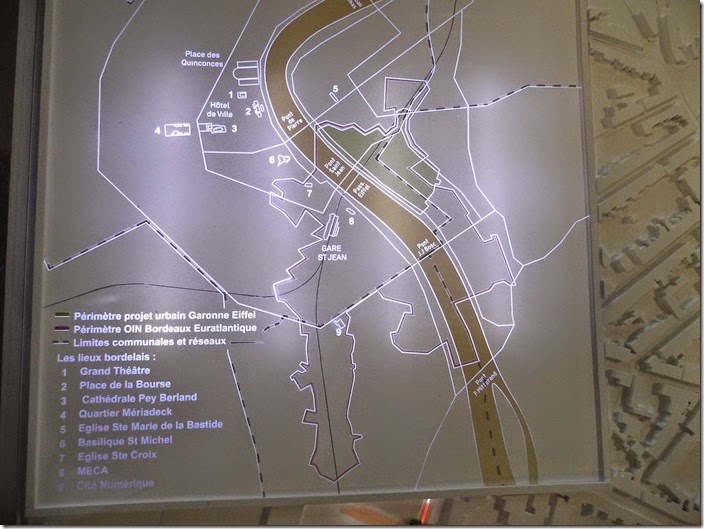
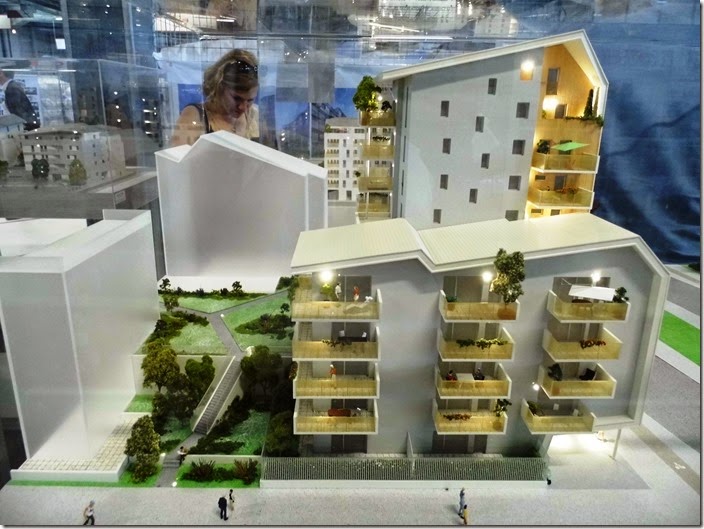
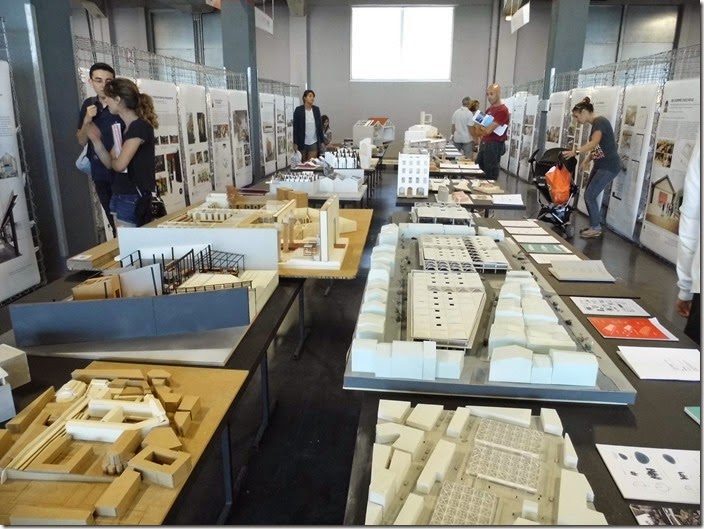
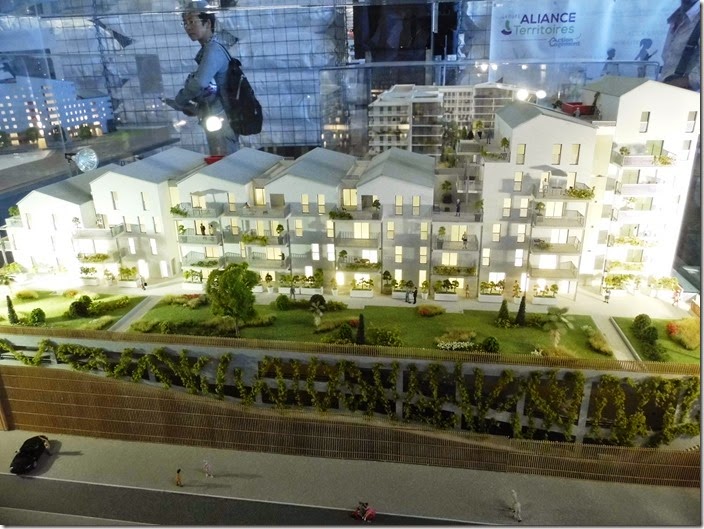
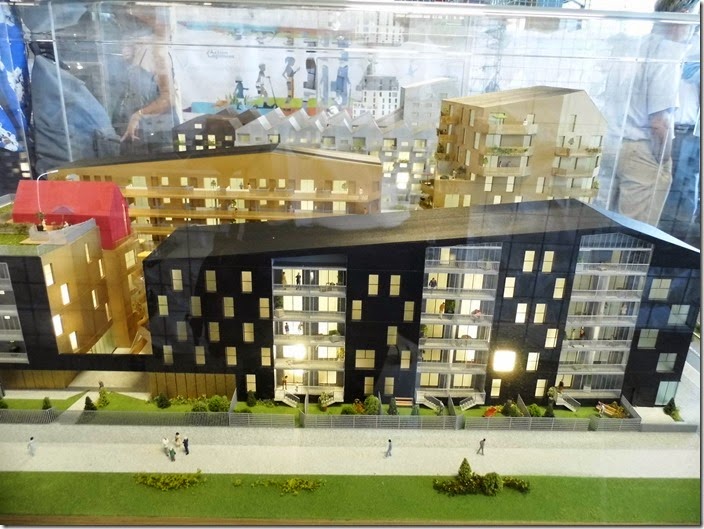
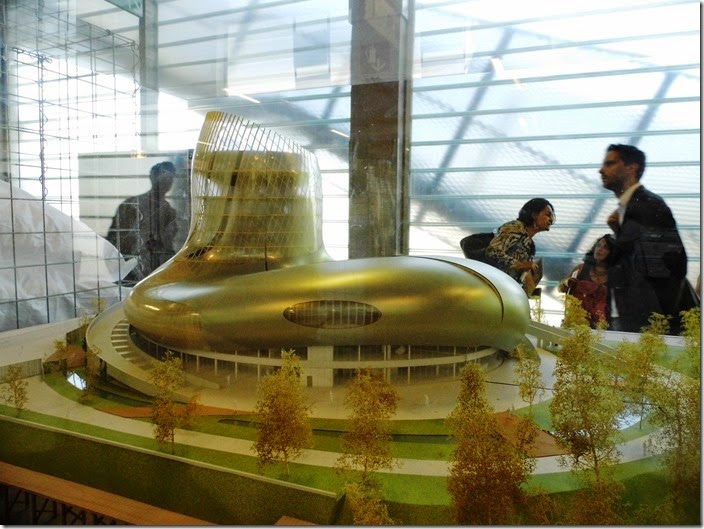
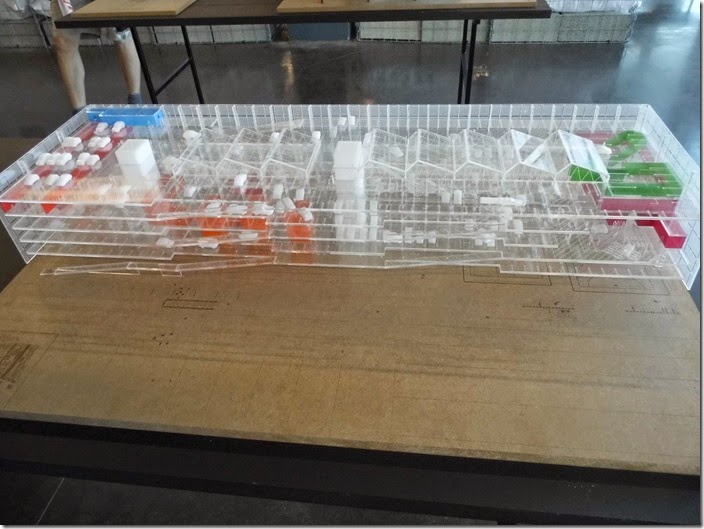
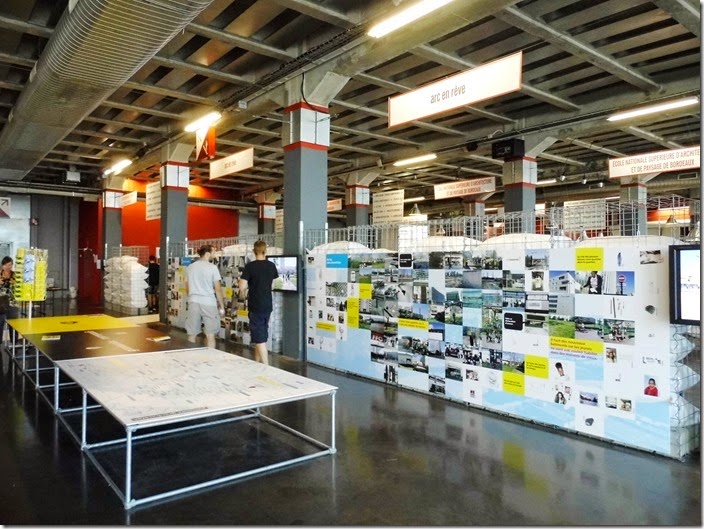
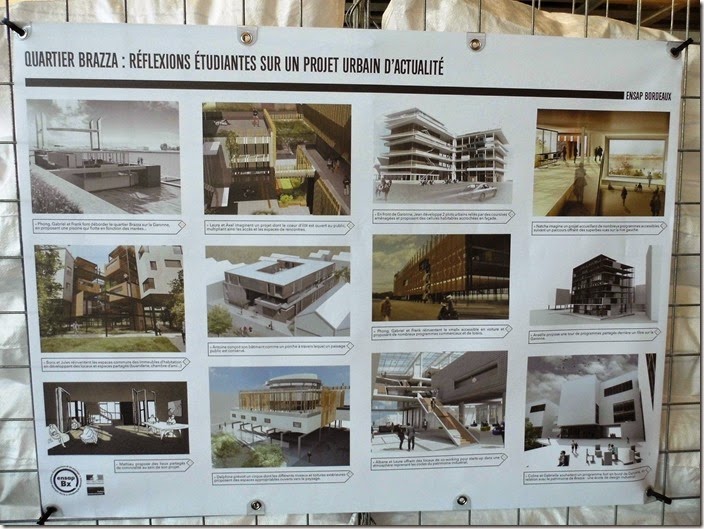
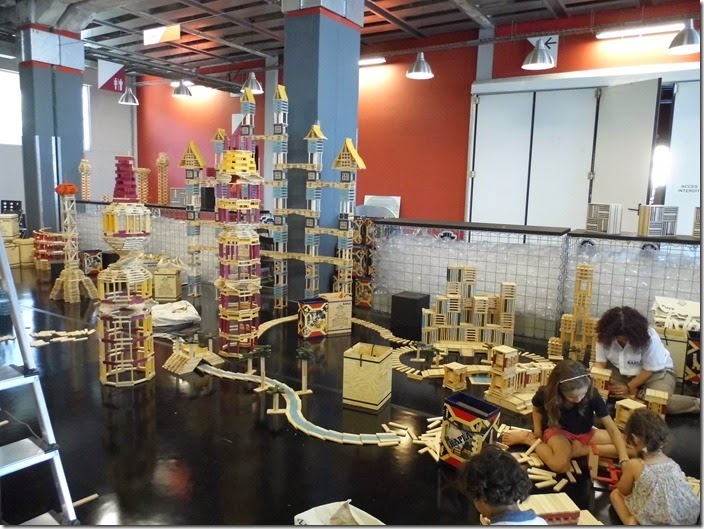

Post a Comment